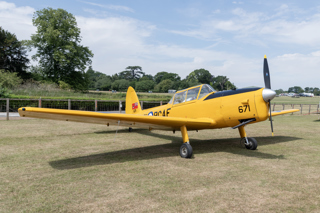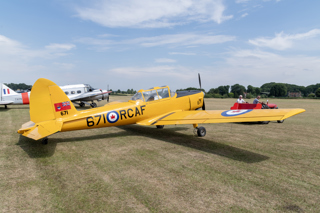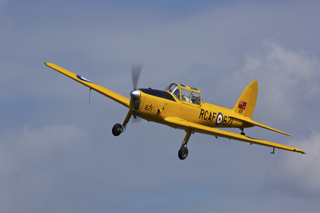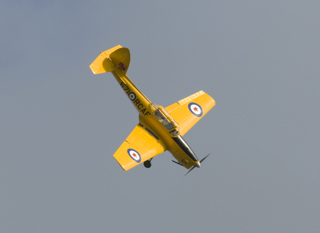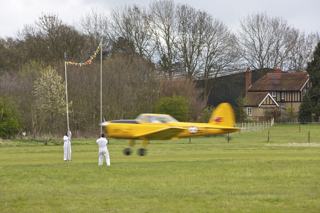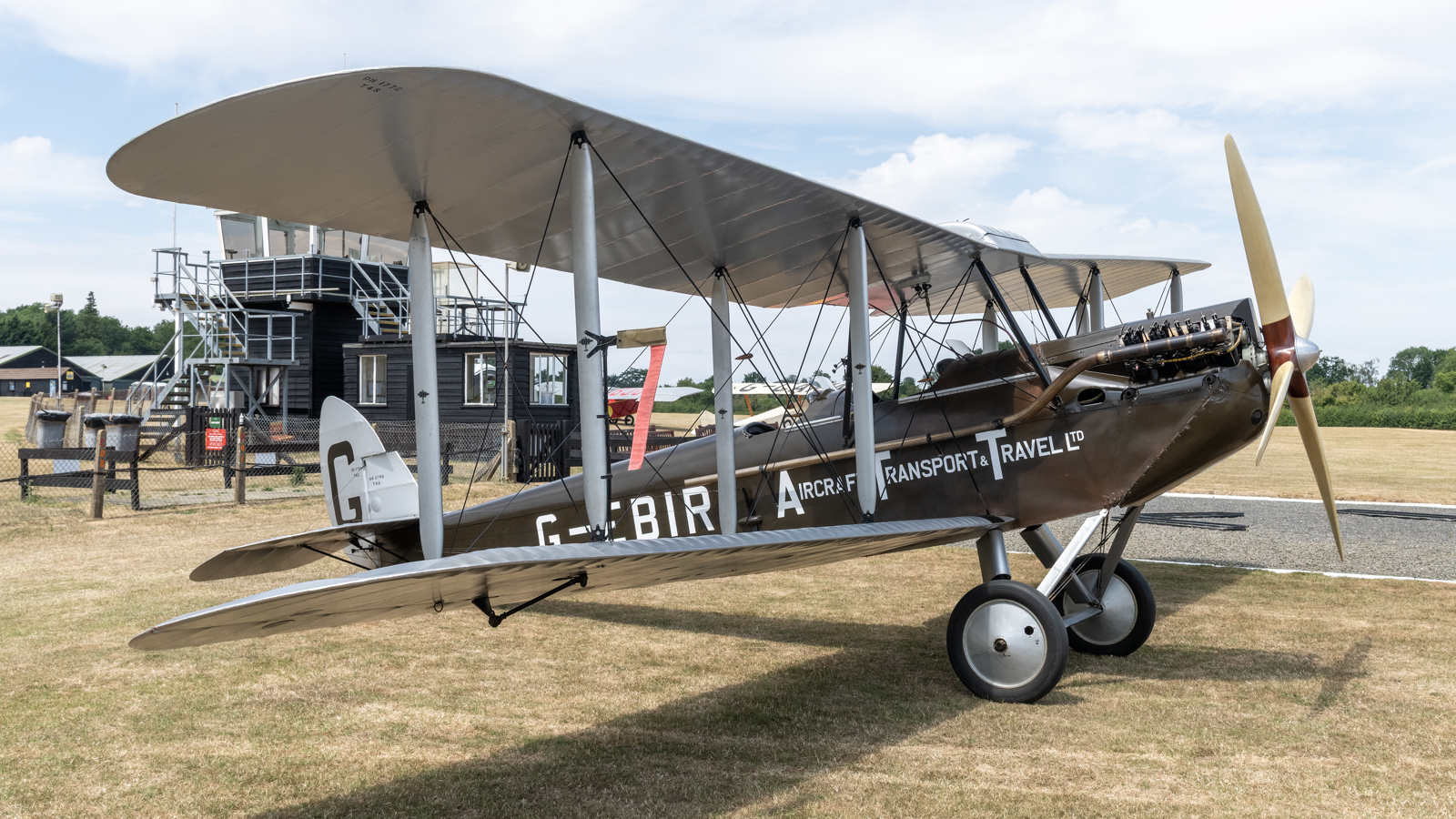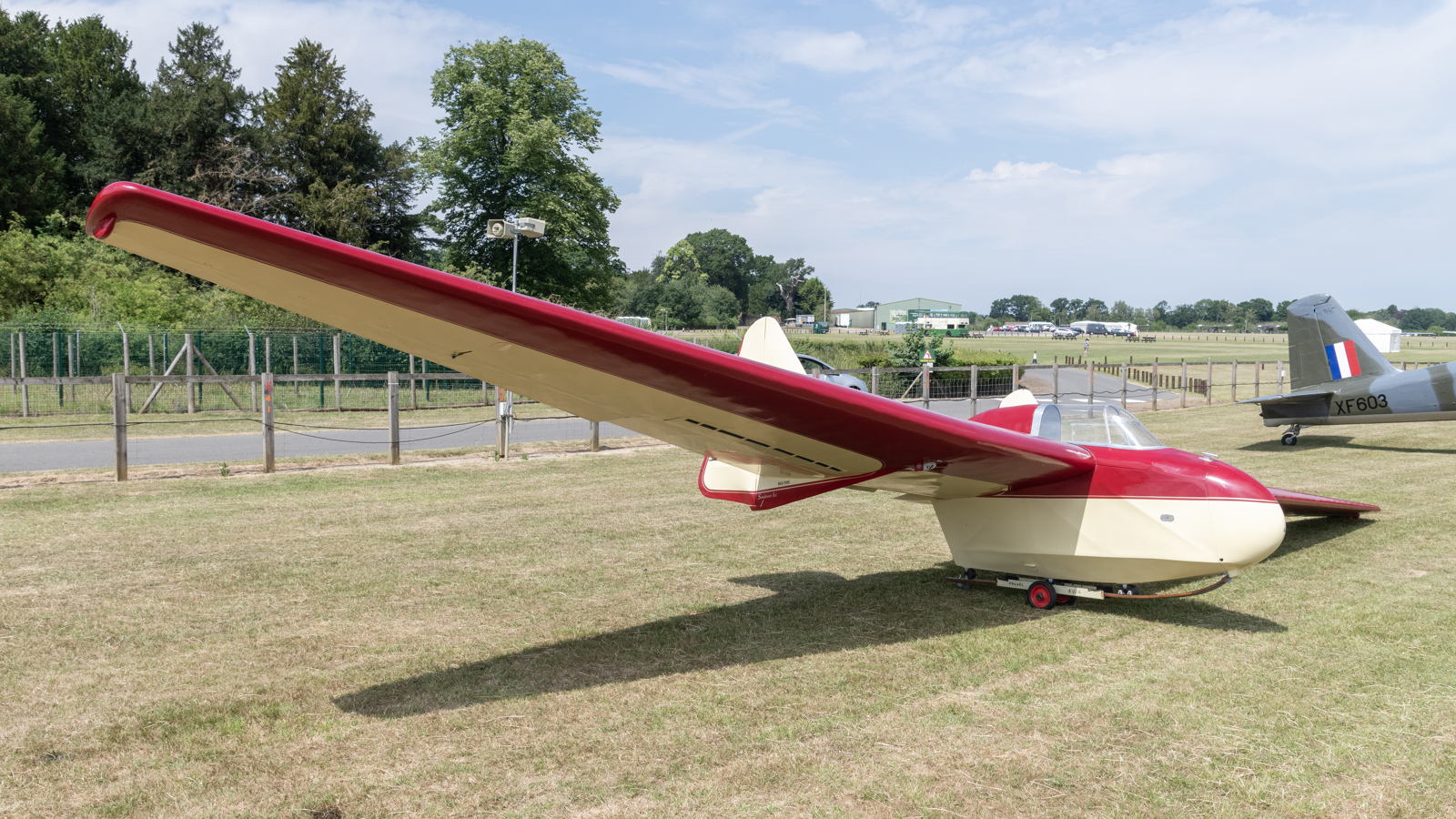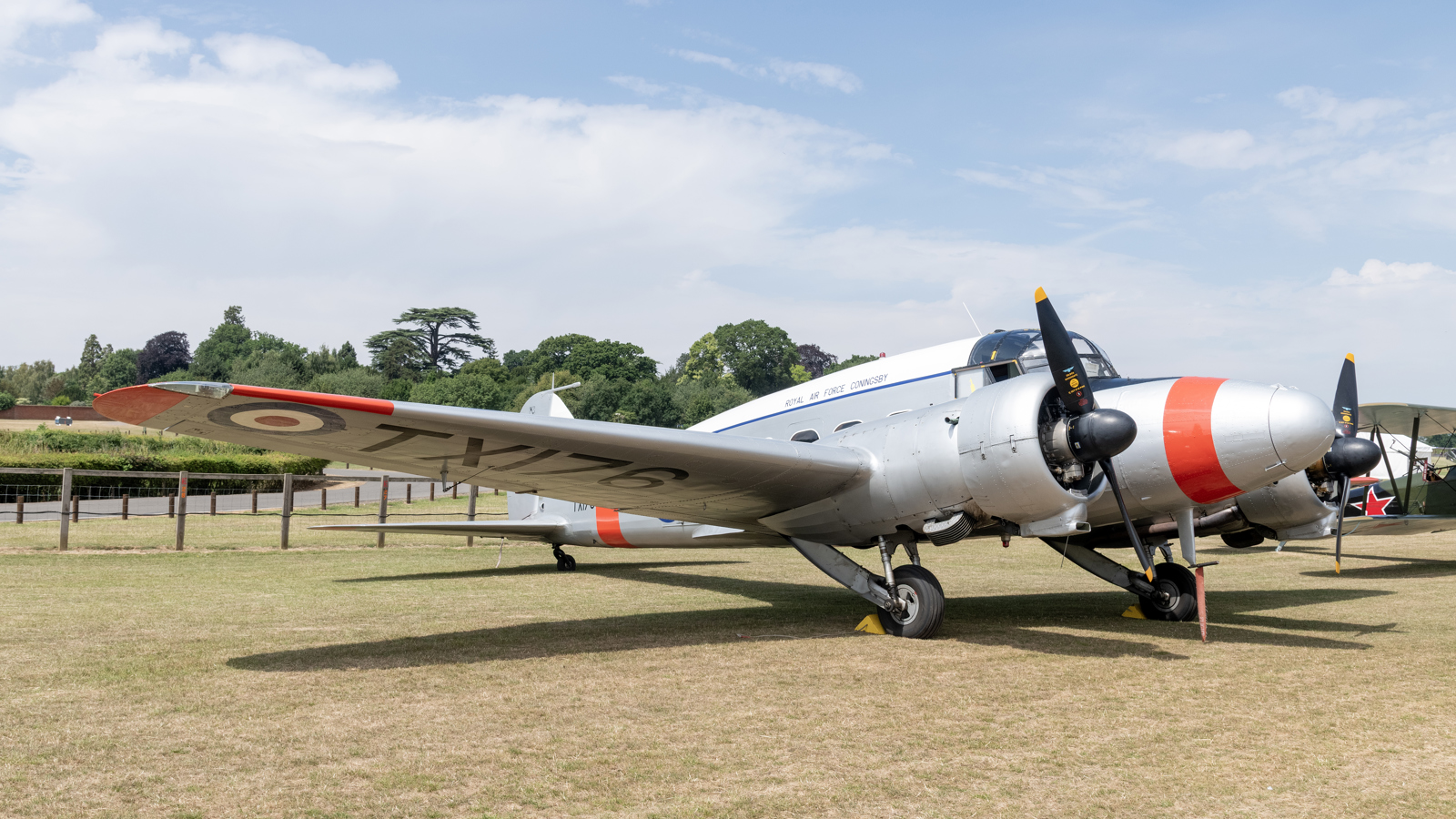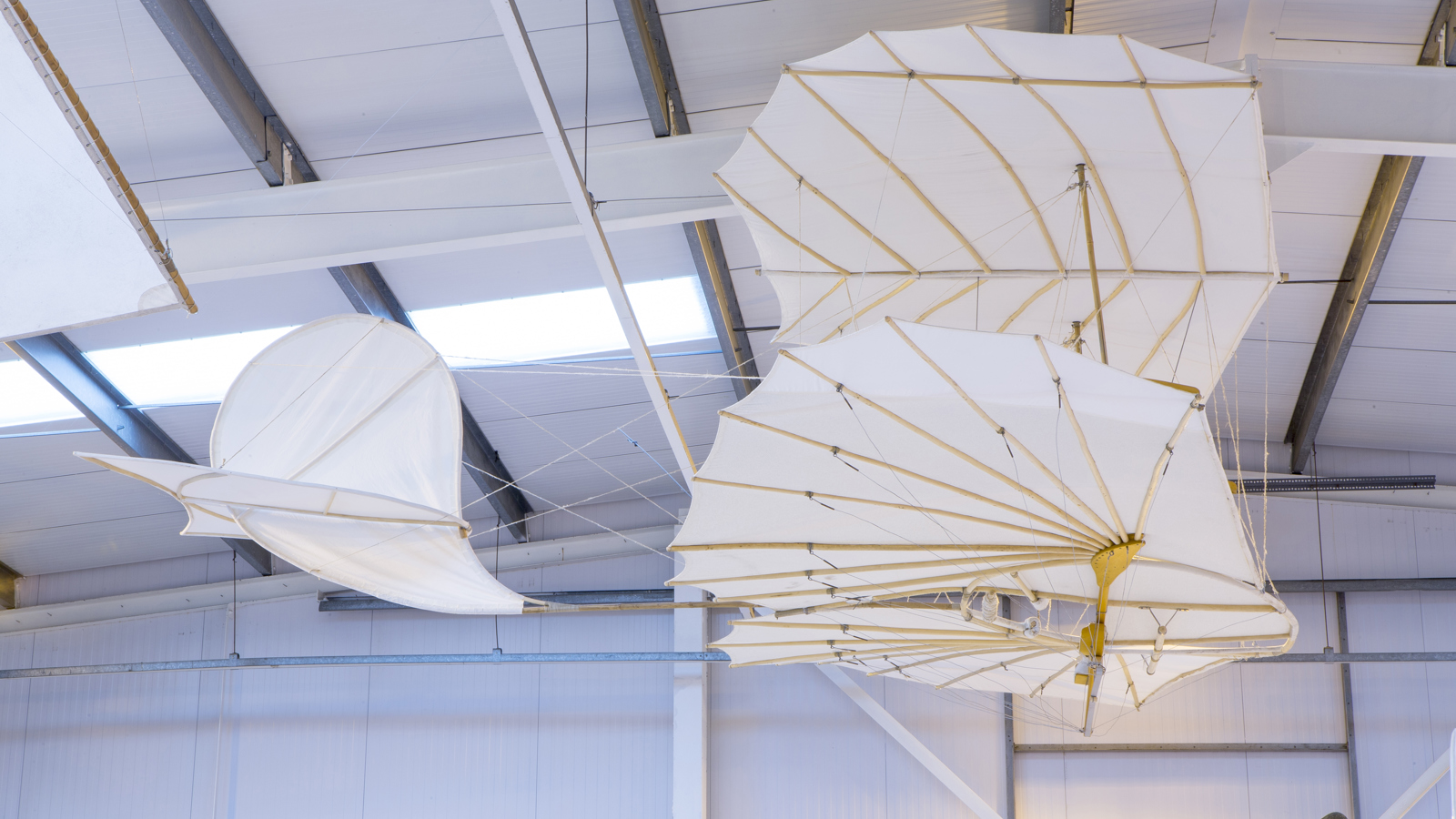de Havilland DHC-1 Chipmunk T.22
The DHC-1 Chipmunk was developed to supersede the de Havilland’s classic Tiger Moth elementary trainer. It is a tandem two seat, stressed skin monoplane and was the first indigenous design produced by de Havilland (Canada) Ltd. It flew in prototype form from Downsview, Toronto, in Canada in 1946.
The Chipmunk demonstrated excellent handling qualities but suffered from poor spin recovery. Consequently, fuselage strakes were added to the tail assembly which also improved its aerobatic capabilities.
The first operational Chipmunk T. Mk 10 was issued to the Oxford University Air Squadron at Kidlington in 1950 and, by October 1953, the type had replaced the majority of Tiger Moths in all seventeen University Air Squadrons, as well as the RAF Volunteer Reserve and National Service Flying Schools.
About this aircraft
The Collection’s Chipmunk is a DHC Chipmunk T.22, built in 1952 and is displayed in the training livery of the Royal Canadian Air Force. It was acquired from its Yorkshire-based owner, David Horsley, in March 2000 with funds donated by the Shuttleworth Veteran Aeroplane Society.
Specification
| Title | Detail |
|---|---|
| Type | Two seat monoplane |
| Design purpose | Trainer |
| Wingspan | 34ft 4in |
| Overall length | 25ft 8in |
| Weight | 1,425lbs |
| Max speed | 138mph |
| Year | 1952 |
| Manufacturer | de Havilland Aircraft of Canada |
| Engine | 145hp de Havilland Gipsy Major 10 |
| Engine type | 4-cylinder inline |
| Era | Post-War |
| Status | Collection owned |
| Registration | G-BNZC |
Other collection items
Register for Updates
Be the first to hear about our latest events and get all the Shuttleworth news

